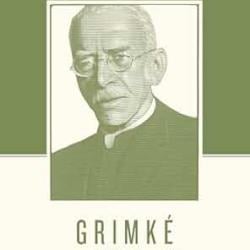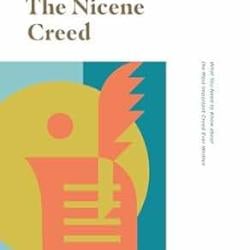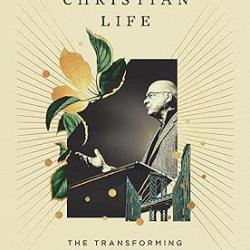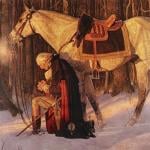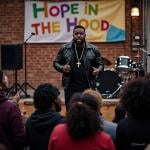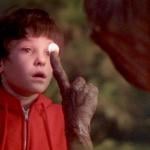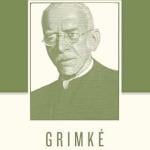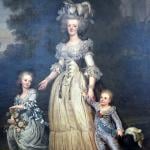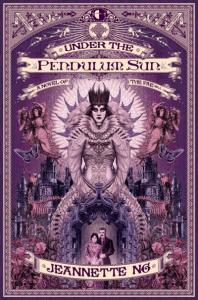
Most of us grow up thinking of “fairy tales” as chaste, sweet, Disney stories full of music and song and dedicated to teaching small children the simple moral lessons of life and exhibiting the triumph of good over evil. There is probably a study to be done on the reactions of people (whether adults or children) who have enjoyed the popular versions of fairy tales and then been horrified by what they find in the source materials. I won’t give any details, but you can look up the brutal, lewd, and grotesque tales found in Hans Christian Anderson and the Brothers Grimm yourself.
Jeannette Ng’s Under the Pendulum Sun is squarely in the “source materials” side of this divide, rather than on the “Disney gloss” side. In it, we get a classical fairy tale (again, in the Grimm/Anderson sense) with an Arthurian twist. And by “Arthurian twist,” again I don’t mean in the Sword In the Stone Disney Arthurian sense, with its wonder and joy. I mean in the Mallory/Chretien de Troyes sense, where in (spoiler alert) Arthur is tricked into committing incest with his sister by Queen Mab. Heck, in Under the Pendulum Sun, Mab herself shows up and (again, spoiler alert) tricks the main characters into exactly the same sin.
And, like Arthur in the source material, this is a problem because the main characters–a brother and sister team–are at least nominally Christians. In Ng’s book, they’re more than just Christians–they’re even missionaries to the fairy folk. As missionaries, they’re involved in trying to answer the difficult questions of whether or not the “fae” even have souls to begin with, let alone whether the work of Christ on the cross paid for their sins. The corruption of these two shoves these difficult theological questions to the side and raises the new question of whether such sinners can spread the Gospel to begin with (especially if they’re not fully repentant).
It should be clear that there is a lot of material in this book for a Christian to think about. (And despite the grim (ha ha) subject matter, the book isn’t really terribly explicit.) And, like any competent authors, Ng doesn’t give us clear or easy answers. At the end of the book we’re still left with uncertainty as to whether or not Goblins and Salamanders and the rest have souls. We’re left to wonder whether the language of the Fae is an appropriate vehicle for translating Scripture. And we’re left wondering whether the main characters can truly leave their sin behind and go about the hard work of preaching the Gospel. (Don’t confuse this with a work of Christian fiction, however.)
If I haven’t done much to describe the plot of this book, that’s because there’s not a whole lot of plot to describe. Ng’s skill as an author is in descriptions of scenes and setting a theological mood (if “theological mood” is such a thing). So don’t read this book for a fast-paced adventure in fairyland. Read it for a careful and thoughtful reflection on difficult moral and theological issues. Which you should do, because it is a good, solid fairy story.
Dr. Coyle Neal is co-host of the City of Man Podcast and an Associate Professor of Political Science at Southwest Baptist University in Bolivar, MO





